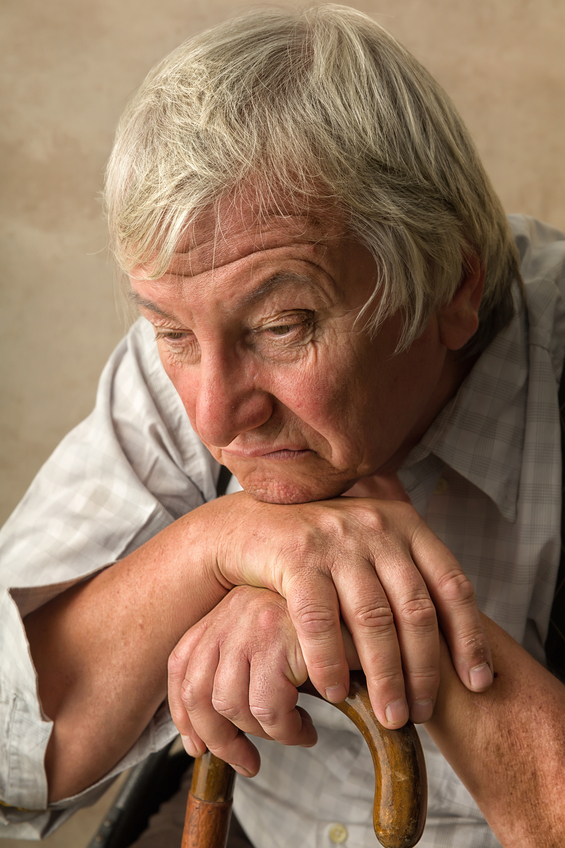Loneliness among older adults is on the rise and it not only has an impact on emotional and psychological health, studies have shown that social isolation can be damaging to our physical well being. Loneliness is linked with a higher risk for stroke, cardiovascular disease and an increase in the speed with which dementia progresses.
Research from the University of Chicago has shown that loneliness increases the level of cortisol (a major stress hormone) in the body as well as vascular resistance which can raise blood pressure and decrease blood flow to vital organs. Chronic loneliness can also affect the production of white blood cells, hindering the body’s ability to fight off infection.
According to a recent Boston Globe report, nearly a third of adults over the age of 65 live alone in the United States and by 85, nearly half of seniors are single and alone. Living in isolation increases the risk for premature death by up to 32 per cent and men, who are less likely to cultivate friendships, may be hardest hit by this growing “epidemic” of loneliness in older age.
Busy building careers, raising families and taking care of aging parents, many middle-aged adults find that once the nest is empty, they are lacking the close bonds of friendship and regular social interaction.
Fostering a tight group of friends is not only important in the short term, having a support system in place can be the difference between existing and thriving in older age, especially during times of illness or loss of a loved-one.
We need social interaction to live well at any age but many don’t want to talk about feeling lonely or admit they need help. Call lines are useful but getting to the root cause of why seniors may not be going out to meet with friends or participate in community activities is necessary to combat the growing problem of social isolation.
To learn more about about social isolation among seniors, visit the UK Campaign to End Loneliness by following this link.






Add Your Voice
0 Comments
Join the Discussion